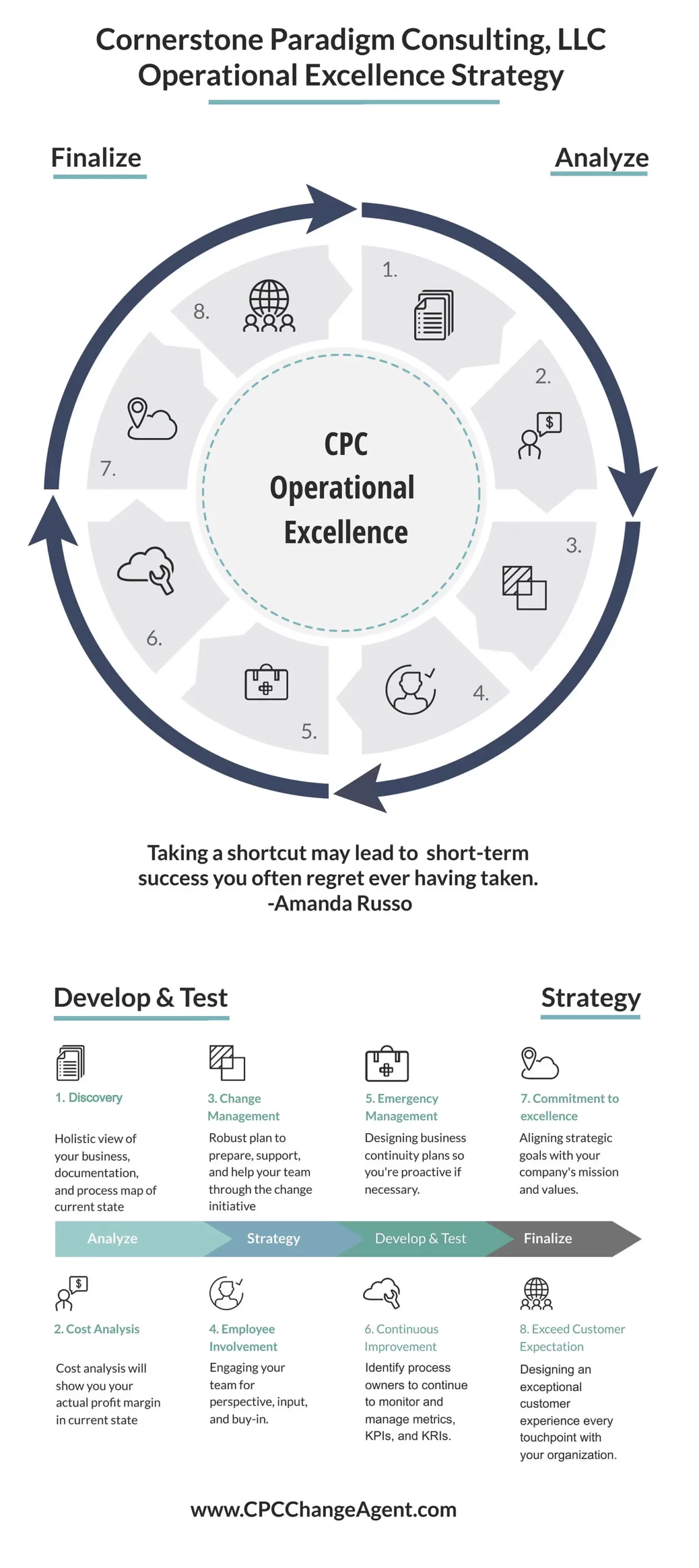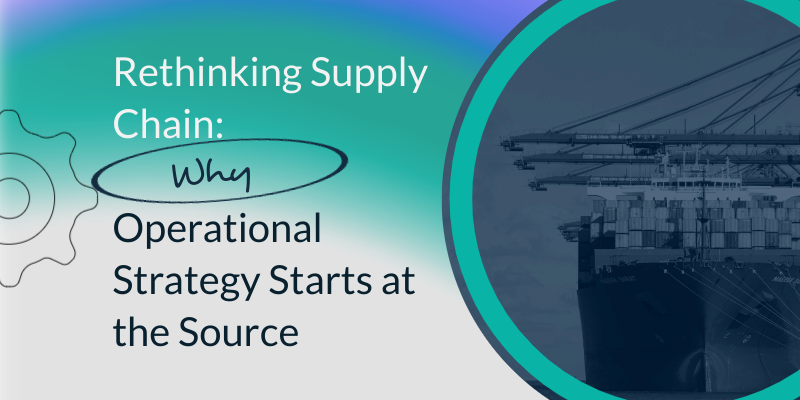Discussing the potential benefits of process mapping
A successful business is driven by processes, human capital, and technology. To improve the consumer experience and generate economic value, companies need to leverage these factors effectively. As long as an organization continuously improves these critical success factors, it will gain a competitive advantage. Process mapping is a proven method that can help businesses improve their processes, ensure efficient utilization of resources, and ultimately enhance customer satisfaction. In this article, we will discuss the potential benefits of process mapping in detail.
However, there comes a time when a business’s growth plateaus. This signals the necessity for reform or change. Embracing a completely fresh approach to your business operations could prove beneficial. Process mapping is a powerful tool used to understand and document processes, identify areas for improvement, and implement changes that can result in significant benefits.
Identifying inefficiencies and bottlenecks
One of the primary benefits of process mapping is its ability to identify inefficiencies and bottlenecks in a business’s processes. By visually mapping out each step in a process, it becomes easier to identify areas that are causing delays or consuming more resources than necessary. This can help organizations prioritize and streamline processes, resulting in improved efficiency and cost savings.
Improving process transparency and communication
Process mapping also improves transparency within an organization by clearly defining each step of a process. This makes it easier for all employees to understand their role in the overall process and how their work contributes to the final outcome. Additionally, process maps can serve as a communication tool, ensuring that everyone involved in a process is on the same page and aware of any changes or updates.
Enhancing customer satisfaction
With increased efficiency and improved transparency, businesses can provide a better experience for their customers. By streamlining processes and reducing delays, organizations can deliver products or services more quickly and effectively, leading to increased customer satisfaction. Moreover, process mapping helps identify pain points in the customer journey, allowing companies to address these issues and improve overall satisfaction.
Introduction of new products, transformation of business processes, and adaptation of new technology are essential business growth strategies. Process mapping allows organizations to effectively plan and implement these changes, ensuring smooth transitions and successful outcomes.
Facilitating continuous improvement
Process mapping is an ongoing activity that should be regularly reviewed and updated. This allows organizations to continuously improve their processes and adapt to changing market conditions. By involving employees in the process mapping and improvement process, organizations can also foster a culture of continuous improvement within their workforce.
Boosting employee productivity
Process mapping can also have a positive impact on employee productivity. By eliminating unnecessary steps and optimizing processes, employees can work more efficiently and focus on value-added tasks. This can boost morale, motivation, and job satisfaction among employees, leading to improved overall performance.
Implementing a strategy is often a complex process. Additionally, organizations are often reluctant to embrace change. Here are a few reasons why:
- Employees are comfortable with existing practices,
- Inefficient deployment of new technology,
- Complex organizational structures.
Failure in change implementation can cost a fortune to a business. However, process mapping can help overcome these challenges by providing a clear understanding of processes and facilitating communication and collaboration.
Process mapping has the potential to bring numerous benefits to an organization. By identifying inefficiencies, improving transparency and communication, enhancing customer satisfaction, enabling continuous improvement, and boosting employee productivity, businesses can gain a competitive advantage and drive growth. It is crucial for organizations to regularly review and update their processes through process mapping to ensure they are constantly evolving and meeting the needs of their customers. So, if you’re looking for a way to improve your business operations, consider implementing process mapping as part of your strategy. The benefits will be well worth the effort.
Working with professionals that deal with business processes, human resources, technology, and consumer experiences can do an excellent job for a business. Our expertise can help organizations identify the most efficient processes and eliminate unnecessary steps, leading to significant benefits. With their support, businesses can develop a tailored process mapping approach that meets their specific needs and helps them achieve their goals. In conclusion, process mapping is a valuable tool for businesses looking to drive growth and improve overall performance. It not only identifies areas for improvement but also facilitates communication
“When things get done by the professionals, the risk of failure is minimized”
Process mapping is one of the many benefits that an operation professional can provide. It’s a powerful tool that can help organizations identify inefficiencies, improve transparency and communication, enhance customer satisfaction, and facilitate continuous improvement. By leveraging process mapping effectively, businesses can achieve their growth objectives and maintain a competitive edge in the market. In conclusion, embracing process mapping can bring numerous benefits to an organization and should be considered a valuable strategy for business success.
Process mapping: A Simple Explanation
Things become easy when there’s a clear visual picture of what a company wants to do and the execution process.
Process mapping puts things into perspective for better visualization of your current state. It is a visual depiction of work activities or steps, tasks, and technology. A business will benefit from it in the following ways:
- Identifying what the business needs.
- Explains how a strategy will be executed (where to start and where to end a job strategically).
- Helps in the selection of suitable people for different work roles at different stages of the process.
- Clarify that what tools, equipment, technology, and other resources are required to complete a process.
- Clarifies whether or not your current processes are cumbersome and need to be simplified, streamlined, and automated.
There may be complexities associated with new processes and technology integrations. Most of the time, organizations encounter difficulties during implementation because they fail to do the work of uncovering current state processes and technology. Without process maps, you are adding another layer of complexity by adding another technology solution to a problem you haven’t fully identified or defined. By creating a visual representation of your processes, process mapping helps organizations identify potential pain points and address them proactively. It also allows companies to optimize processes and technology integrations, reducing the risk of failure during implementation.
Furthermore, process mapping provides clarity on roles and responsibilities within a process, ensuring that tasks are assigned effectively and efficiently. This promotes accountability and empowers employees to take ownership of their tasks, leading to increased productivity and performance. By involving employees in the process mapping process, organizations can also foster a culture of continuous improvement and innovation within their workforce.
It is not just a graphical representation of processes, but it is a powerful tool that can bring numerous benefits to an organization. From identifying inefficiencies and improving communication to boosting employee morale and enhancing customer satisfaction, process mapping is a vital aspect of successful business operations. So, invest the time and effort in process mapping to see significant improvements in your organization’s performance and overall success. Additionally, encourage regular reviews and updates to ensure continuous improvement and keep up with changing market demands. With process mapping as part of your strategy, your organization can achieve its goals and stay ahead of the competition. So, don’t underestimate the power of process mapping and its ability to drive growth and success for your business.
As an example, a new technological infrastructure does not come with user guides and operating instructions. So, adding it to solve a problem without addressing anything else will just make the problem bigger with a band-aid over it. If people are not appropriately trained on the new software, you haven’t phased out old software and the process has only been adjusted but not really fixed you have a recipe for disaster. It’s necessary to follow a plan with the right technology, flowcharts, and process maps. The design of a process map that is clear and professional standardizes business operations and facilitates the implementation of new business strategies, technologies, and refined workflows.
In conclusion
Businesses may have a set of instructions but typically fail to revise them as the business grows and people get busy, resign, hire, etc. Process mapping can help identify the current state, and what isn’t working and guide you and your team to do this better. It facilitates the workplace by establishing a process flow, employee roles, and the importance of each job step. By doing so, businesses can improve efficiency, productivity, and growth. Therefore, organizations should embrace process mapping as a valuable tool for success and continuously review and update it to stay ahead in today’s constantly evolving market. Remember, “when things get done by the professionals, the risk of failure is minimized.” So, invest in the expertise of operation professionals and utilize process mapping to drive your business toward success. So, don’t underestimate the power of process mapping and its ability to drive growth and success for your business.
Still have questions, contact one of our experts today.








